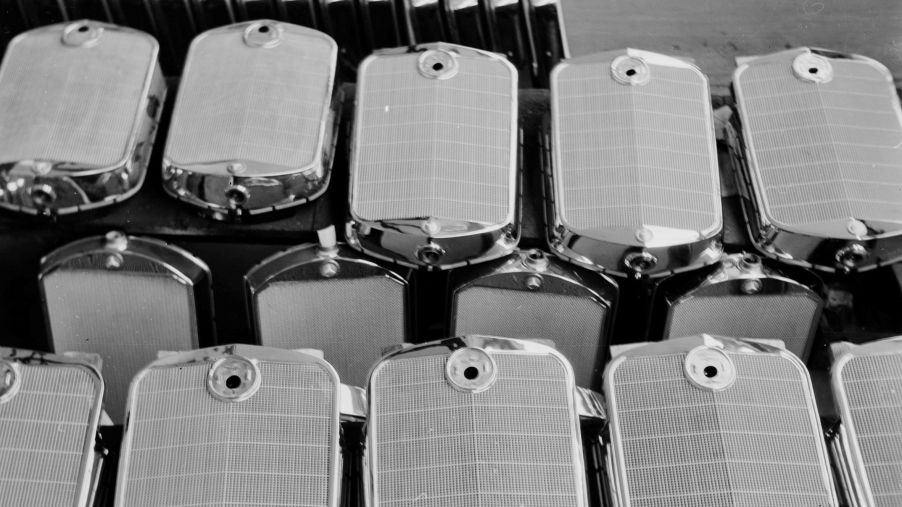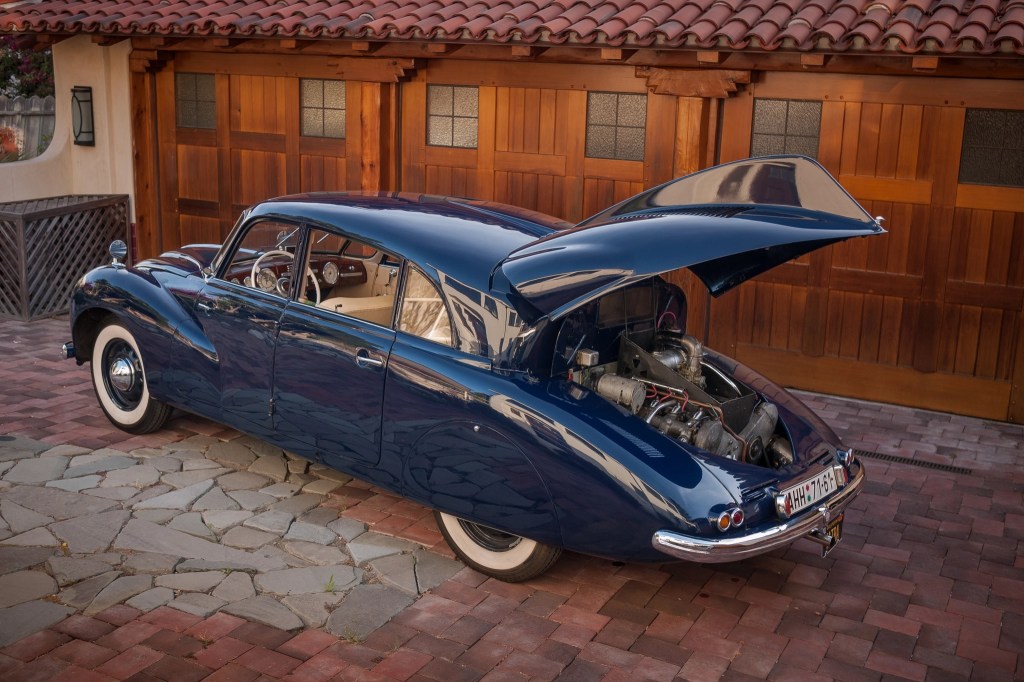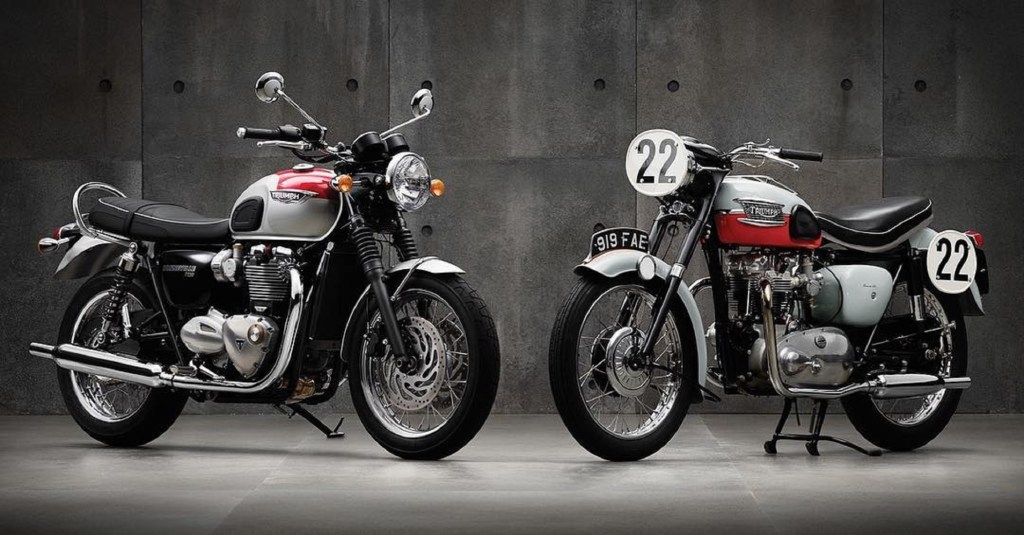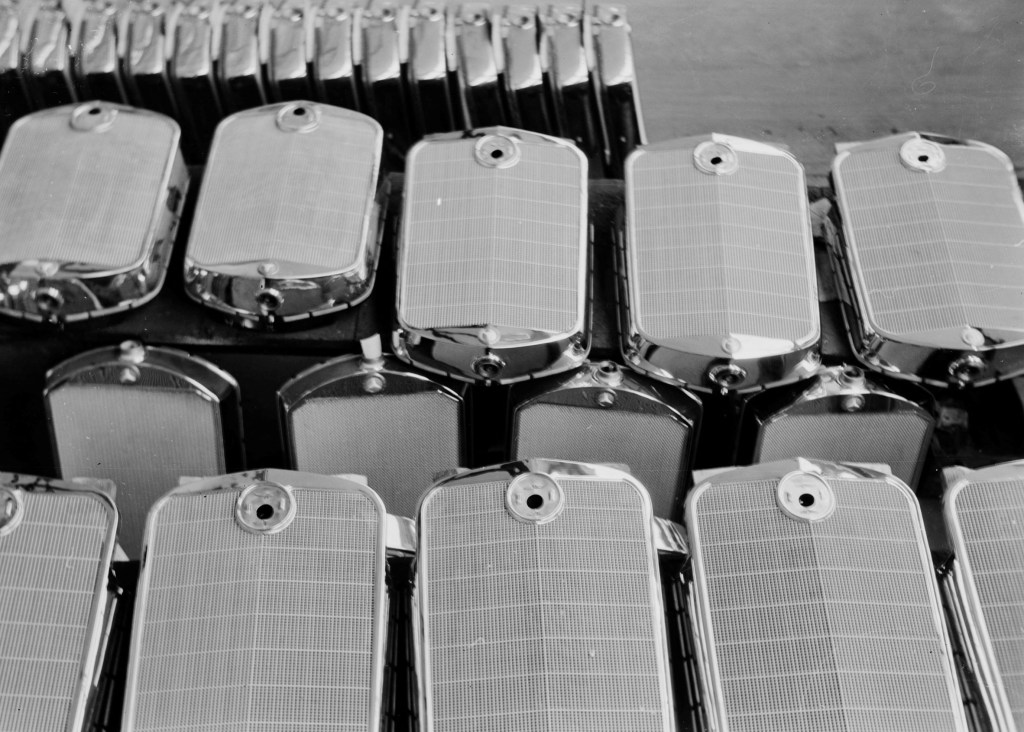
It’s Probably Time You Changed Your Car’s Radiator
Coolant is just as important as oil when it comes to car maintenance. But so is where the coolant resides—the radiator. Compared to moving wear items like timing belts, brake pads, and clutches, your car’s radiator is fairly long-lived. But nothing on or in your vehicle lasts forever, not even the radiator.
Air-cooling vs. liquid-cooling

In the past, many cars like the Citreon 2CV, classic Fiat 500, and Tatra T87 were air-cooled, rather than liquid-cooled. So were many motorcycles; in fact, some bikes still rely on a mix of air- and oil-cooling.

But, while air-cooling is virtually maintenance-free and lightweight, it’s less useful for larger engines, especially in stationary traffic, CarThrottle explains. Plus, if the engine heats up too much, it loses performance. And while you can increase the fuel-to-air ratio to cool the engine somewhat, that creates more emissions, Revzilla explains. Thus, today every car, and many motorcycles, rely on liquid-cooling. And that means using a radiator.
How does your car’s radiator work?

Unless you drive an EV, your car’s grille is more than just a styling feature. It’s also what allows incoming air to contact the radiator and prevent your engine from overheating. However, it’s not just the air coming in that cools it down, Fiix explains, but the air blowing out.
A car radiator looks fairly similar to home-installed radiators. It’s made of metal, with loops for the coolant to travel through, as well as thin external fins. There’s also at least one fan behind the radiator. Air-cooled engines also have these fins, but in liquid-cooled engines, coolant bolsters their cooling power. The modern Triumph Bonneville has fins for the retro look, but its radiator provides the majority of the cooling power.
As you drive, the coolant flows through the radiator from the engine. When it travels through the loops, the fins pick up its heat and carry it away. The fan blows air over the fins, transferring that heat to the external air. The cooled fluid then re-enters the engine, and the process begins again.

In regards to electric cars like the Tesla Model Y, they do need to keep their batteries and motors cool. But, while they use coolant, NAPA explains, they don’t need large radiators like ICE cars. As a result, if they have grilles at all, they’re purely for style’s sake.
When is it time to replace your radiator?
A car’s radiator doesn’t have any moving parts apart from the fan. However, like engine mounts, rubber seals, and other components, it can degrade and fail over time, NAPA reports.
Many radiator faults are due to corrosion. A rusty radiator can have internal blockages or develop leaks. Once that happens, your engine can overheat, resulting in lots of steam and a rapidly-rising temperature gauge. And if you’re noticing not just leaking coolant, but rust-brown leaking coolant, you’re due for a replacement radiator, Autoblog reports.
But the radiator itself isn’t the only failure point. Most coolant lines are made of rubber, which breaks down over time, Autoblog explains. If they’re leaking or cracked, or overly hard or spongy, Super Street Online reports, they should be replaced. Also, a thermostat controls the coolant/water pump, AutoZone reports, and it can break.
Should you buy an upgraded or performance one?
If you replace your coolant regularly, CarsDirect reports, your radiator can last a long time. Replacement schedules vary from manufacturer to manufacturer, as well as your driving style and environment. But it’s recommended that you flush the radiator every 24,000-36,000 miles or 2-3 years. Much like an oil change, this helps prevent rust, dirt, and debris from clogging everything up.
But, if you’re planning on boosting your car’s output or racing it, you should consider a performance radiator, DSportMag reports. Otherwise, you risk power loss or engine failure due to overheating. That’s why the 2020 Honda Civic Type R has a larger grille and a new radiator: to prevent overheating issues. And it’s also why the Roush Stage 3 Mustang comes with supplemental coolers.
Upgrading your radiator isn’t necessarily as simple as installing a larger one, FourWheeler explains. Just to start, you need to consider the material used, how many rows and fins it has, and what kind of fans you’ll need, Street Muscle explains. And above all, making sure you have room for both the radiator and the coolant overflow tank.
But replacing your radiator with a new OEM one is fairly straightforward. After draining the old coolant, simply disconnect all the hoses and remove the old radiator. Then install the new equipment, add fresh coolant, and run it briefly to allow any trapped air to escape.
Follow more updates from MotorBiscuit on our Facebook page.


